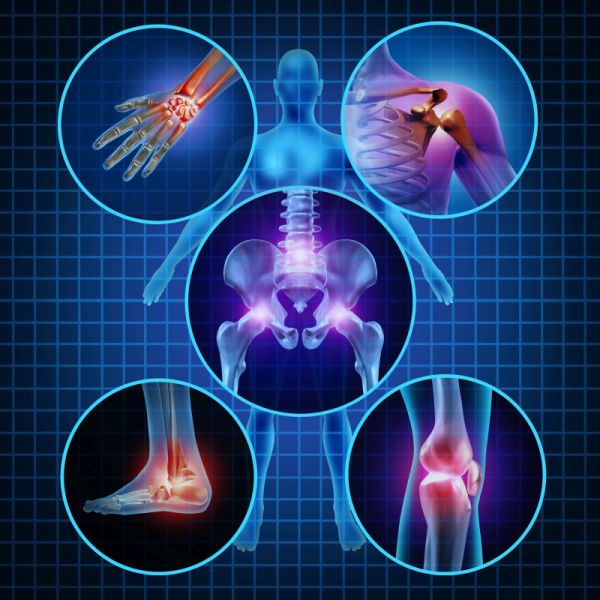 Joint Replacement surgery is known as Arthroplasty in medical terminology and applies to any process where the natural joint is replaced with an artificial implant. Joints require replacement when they are not functioning due to wear, disease, or injury. Patients with normal wear and tear usually qualify for a partial joint replacement, but a total replacement may be needed for patients having damage from diseases such as rheumatoid arthritis or an injury (i.e., sports or fall). There is a high correlation between arthritis and joint replacement.
Joint Replacement surgery is known as Arthroplasty in medical terminology and applies to any process where the natural joint is replaced with an artificial implant. Joints require replacement when they are not functioning due to wear, disease, or injury. Patients with normal wear and tear usually qualify for a partial joint replacement, but a total replacement may be needed for patients having damage from diseases such as rheumatoid arthritis or an injury (i.e., sports or fall). There is a high correlation between arthritis and joint replacement.
Types of Joint Replacement
A Partial Joint Replacement (PJR) is less invasive in terms of the hardware and the part of the joint being repaired. A partial replacement only replaces the ball portion of the joint with a metal ball and stem. A Total Joint Replacement (TJR) procedure replaces both the ball and socket. Read on for more detailed information on these procedures.
Types of Joints Meant for TJR or PJR
All joints in the human body have cartilage for smooth function. When cartilage is damaged or worn, the joint movement creates friction as two rough surfaces rub together. That friction causes irritation, swelling, and pain. Joint replacement surgery is considered for any free-moving joint that bears weight. The hip and shoulder joints are ball-and-socket joints and are designed to have a broad range of movement. The knee joint, a hinge joint, can also be a candidate for both a TJR or PJR.
Ball and Socket Joint Replacement
Hip replacement surgery is more common and less risky than shoulder replacement surgery. A shoulder joint can usually be repaired without surgery.
A partial ball and socket replacement is done by removing the ball and stem of the damaged bone. This bone is replaced by a prosthesis made of metal and ceramic. The stem is inserted into the remaining bone and has a porous design so that the bone will fuse with it.
A total hip replacement involves the same procedure as a partial replacement plus the replacement of the socket. The socket can be metal with a ceramic lining. Depending on several factors, pieces may be cemented in place. Once completed, the joint parts now have smooth surfaces creating vastly improved movement.
Hinge Joint Replacement
Knee and elbow joints are hinge joints. Knee joint replacement is exceedingly more common than elbow replacement surgery.
A partial knee joint replacement removes the inside (medial) or outside (lateral) compartments of the knee joint and replaces them with artificial parts.
A total knee replacement is a removal and replacement of the joint behind the kneecap. The cartilage is replaced by plastic or ceramic, which functions as a cushion between the femur (upper leg) and the tibia/fibula (lower leg).
Excellent Results
Joint replacement surgery is a very successful procedure. It gives people with chronic joint pain and decreased mobility a new lease on life. Recovery time depends on the patient's health and fitness before the surgery, but the results are well worth it for most patients.
Orthopedic Surgeon
For more information on arthritis and joint replacement surgery, contact Dr. Dan Albright, an orthopedic surgeon in Raleigh, NC. Call 919-863-6808 for an appointment.





